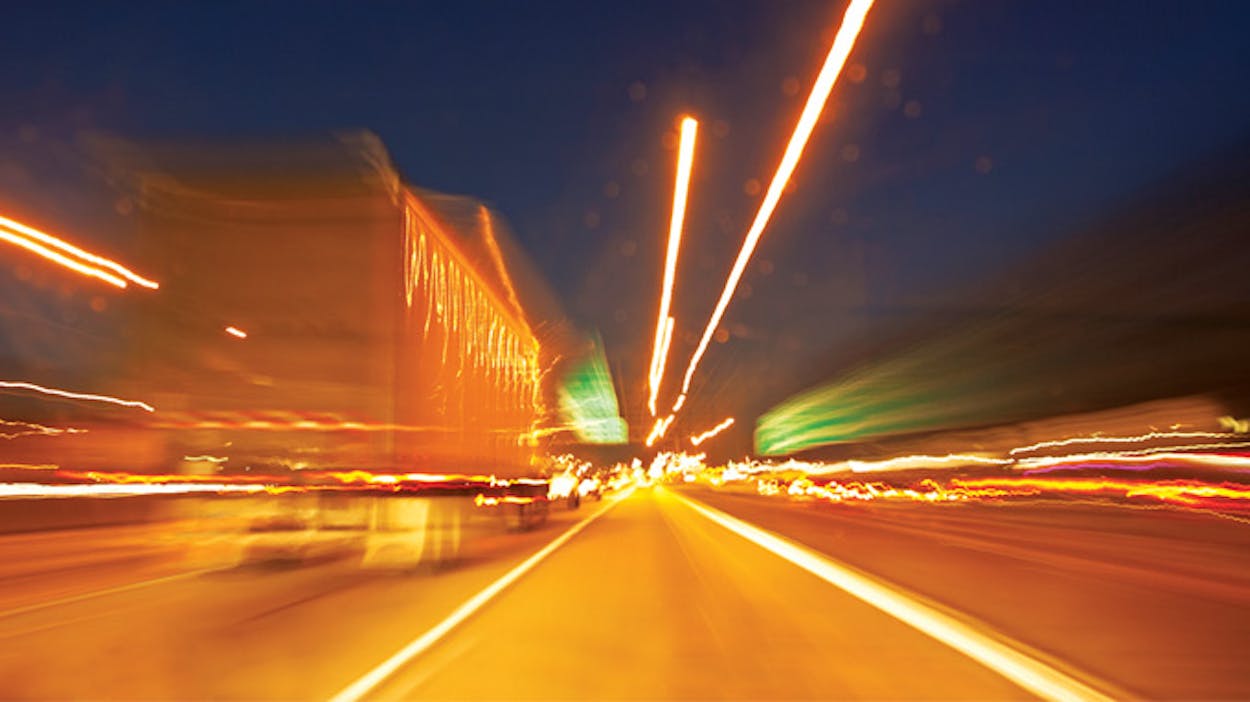Q: Yesterday on my way home I sat on MoPac for hours. Can you tell me why?
A: Simply speaking, we’ve not added lanes or other transportation in proportion to our growth. But there’s also a factor that’s unique to Austin. If you look at Houston, there are lots of employment centers: there’s downtown, there’s the Galleria area. Dallas is the same way. In Austin, by contrast, we have a core area around downtown—UT, the Capitol—where 18 percent of the jobs are located. That’s the fourth-highest percentage in the country, behind New York, Washington, D.C., and New Orleans. So you have a lot of demand going to that core, all of it served by Interstate 35 and MoPac, which were built a long time ago.
Q: Who can fix the mess?
A: Something to understand is that you’ve got the city government responsible for city streets, the Texas Department of Transportation responsible for highways, and Capital Metro responsible for transit. Then you’ve got the metropolitan planning organizations that handle funding and long-range planning. All these agencies get siloed in the way they do things. Of course, people out driving don’t care if it’s a street or a highway, they just want it to be better. But you can’t just expand I-35 and MoPac and expect to meet the demand. So we’ve got to think of multiple angles: transit, bike lanes, carpooling, HOV lanes, denser land-use patterns. This year, for example, construction begins on MoPac’s express lanes, which will feature market-based tolls. The price varies depending on traffic, the aim being to keep the lanes moving at 45 miles per hour. So as demand goes up, the price will too, forcing people to choose whether to pay, say, $4 to go fast or sit in traffic in the regular lanes. In other words, we’ve got to be creative.








